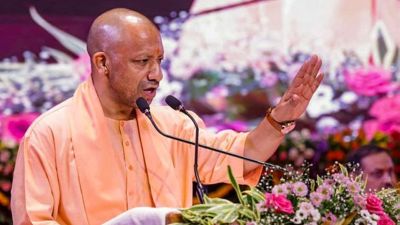India,Australia join hands for solar research
Soon,remote villages and small towns in rural India as well as the Australian outback could be powered by self-sufficient sustainable energy-based mini-grids....
Soon,remote villages and small towns in rural India as well as the Australian outback could be powered by self-sufficient sustainable energy-based mini-grids. Australias national science agency,the Commonwealth Scientific and Industrial Research Organisation (CSIRO),is working with The Energy and Resources Institute (TERI) of India on projects aimed at meeting the energy needs of populations,which are not near the national power grid.
In fact,both CSIRO and TERI are working on similar technology,but with different constraints. While we hope to free rural communities of their dependence on diesel generated power,India wants to electrify its rural villages, explained Dr Glenn Platt,research group leader at the CSIRO here. He said the new grids,based primarily on solar energy,but with wind and natural gas as back-up,will substantially help reduce emissions with no need for costly infrastructure or fuels.
The CSIRO in now in an advanced stage of research,thanks to its simulator which helps recreate the power requirements of a small town complete with peak consumption periods,cuts in supply as well as demand. In India,TERI is doing similar research in two locations.
CSIROs Energy for Buildings Manager Dr Stephen White,on the other hand,is trying explore a sustainable way to use solar thermal power for cooling. In Australia,we want to use the technology to provide air conditioning in rural households,but for India it will be more feasible to use it to create 15-KV community food stores to check wastage of produce due to the lack of good storage facilities, Dr White explained.
In India,TERI is already working on a prototype with assistance from Thermax,while another prototype is coming up in New Castle. We hope to share our research findings and develop a feasible model, he said.
Faced with one of the highest per capita emission levels in the world,Australia is banking heavily on solar energy to take it towards a low carbon future. The country has announced an AUD 1.5 billion solar flagship programme aimed at producing 1 gigawatt of capacity by 2015. The Australian Solar Institute (ASI),set up earlier this year as part of the initiative,is working on producing cheaper solar photovoltaic cells and promoting the new solar thermal technology to replace coal.
Cost is our main challenge. Solar energy costs three times more than traditional energy and we have to convince to spend for the longer term. The aim is to take mobile generation across the country like mobile phones, said Mark Twidell,the CEO of ASI. Our research is primarily aimed at improving technology to make solar power cheaper and efficient, he said.





- 01
- 02
- 03
- 04
- 05


























